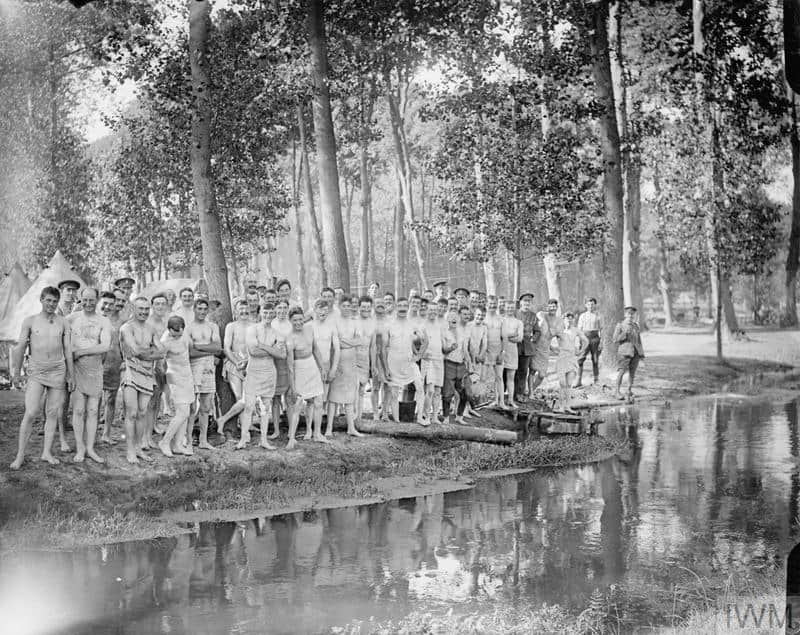The First Battle of Ypres, 19 October – 22 November 1914
The struggle for Flanders began in October at Ypres with the cavalry fighting as infantry holding the line at Messines under intense pressure. On one day the Regiment lost fifty per cent in casualties.
The Allies had occupied a salient position around Ypres which sat on the main routes to the Channel Ports. The Germans launched a massive offensive in October 1914 to try and break through the line.
The Regiment was first involved in the area when their Brigade captured the vital hill at Mont des Cats on 13 October.
They later were withdrawn to the Messines Ridge on 20 October where they dug in rapidly and were subjected to constant shelling until relieved on the 22nd.
The Regiment was then sent along with other regiments from their Brigade to patch up the line wherever it looked weakest, reinforcing at Wytchaete, Klein Zillebeke and Zandvoorde before hurriedly sent back to Messines.
The Second Battle of Ypres, 22 April – 25 May 1915
After a long break over the winter of 1914-15, The Regiment was involved in this second German attempt to crush the salient at Ypres. The opening assault on 22 April was preceded by the first-ever use of gas in warfare, which was to become a common feature in the Battle.
The Regiment was brought into the line at Wieltje near St Julien on 23 April but it wasn’t until 2 May that they made their mark. The infantry to their front broke under a Chlorine gas attack and the 2nd Cavalry Division were ordered to advance to hold their positions, which they managed.
On 24 May they found themselves in a hellish position at Hooge in front of Bellewaard Ridge, but fortunately, the expected assault never happened. The Germans abandoned their second attempt to crack Ypres.
The war now deployed into trench warfare with The Regiment employed around Ypres, St Julien and Bellewaarde lake until put into reserve in June 1915. For the summer the cavalry spent much time digging trenches, waiting for “the gap” then put into winter quarters, emerging in March 1916.
Meanwhile, they provided large squadrons for a Cavalry dismounted division fighting as infantry in the trenches. September 1916 and the battle of the Somme saw the Regiment still providing labour behind the front, as well as their dismounted commitment before wintering in Villeroy.


